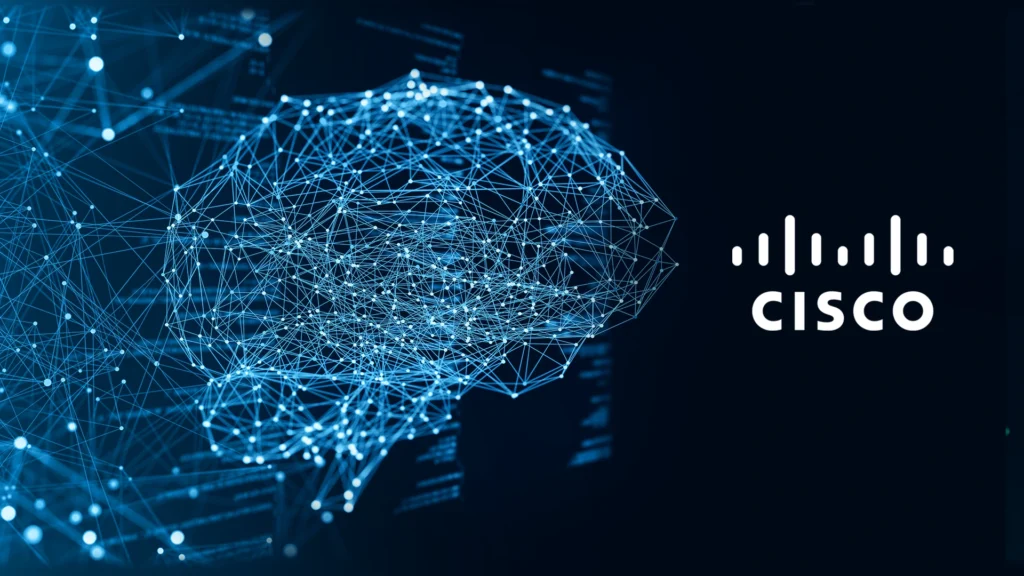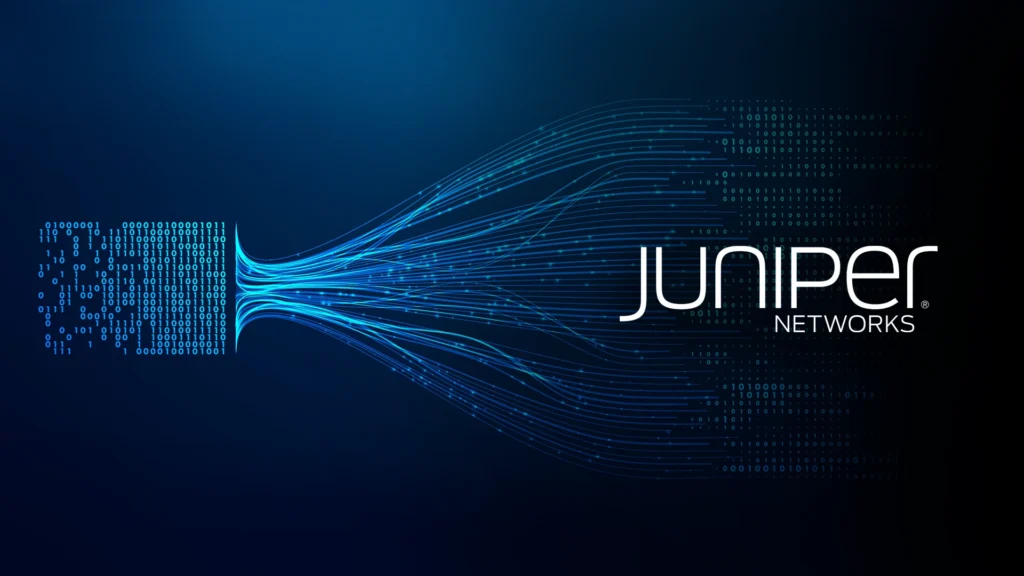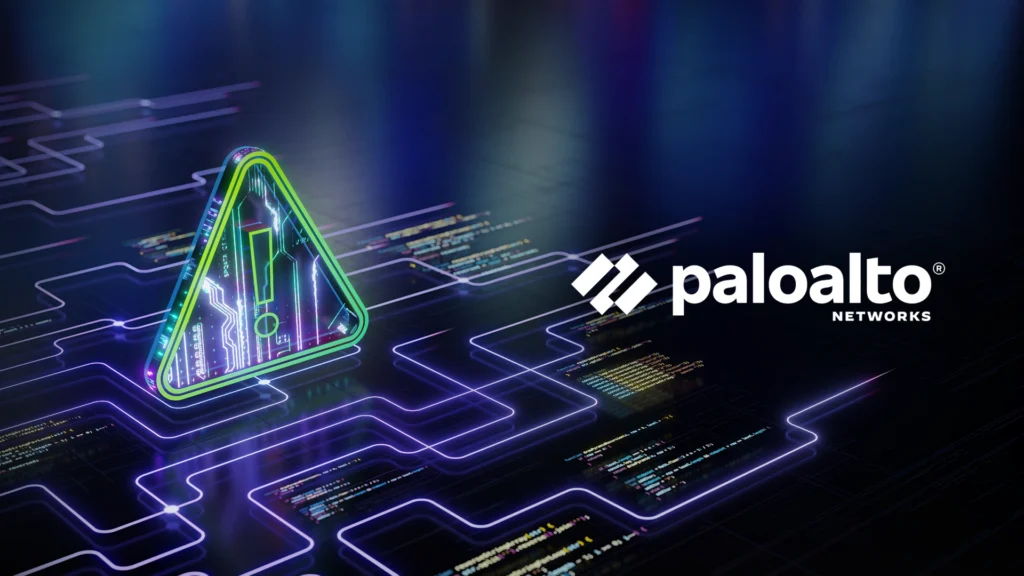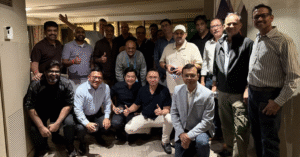Most organizations breathe a sigh of relief once their AI workloads go live. Day 1 is a success. Infrastructure is provisioned, models are trained, and dashboards look green.
But the real test begins on Day 2.
Once AI applications leave controlled environments and start reacting to real-world traffic, things get messy. It starts with an unexplained spike in traffic. Then GPU resources vanish into thin air, and monitors light up like a Christmas tree, yet, no one can say why.
Day-2 operations in AI data centers bring unpredictable challenges, including GPU bottlenecks, monitoring blind spots, and infrastructure fatigue. Forward-thinking teams are solving these using advanced telemetry, intent-based automation, and AI-native security. Vendors like Cisco, Juniper, and Palo Alto are helping enterprises move from reactive fixes to proactive, self-healing operations.
So how do the most forward-thinking teams keep their AI networks running smoothly after launch?
Let’s pull back the curtain on how leading companies are embracing Day-2 operations by using smarter telemetry, self-diagnosing networks, and automated recovery to keep pace with AI’s demands.
Why Day 2 Operations in AI Data Centers Feels Like a Different Game
AI workloads aren’t like traditional enterprise applications. They don’t just “run.” They surge, stall, and stress-test infrastructure in unpredictable ways.
Some of the most common Day-2 challenges include:
- Wild workload fluctuations: AI training and inference cycles vary dramatically depending on model architecture, dataset size, and user behavior.
- Poor fit for legacy tools: Traditional monitoring platforms were built for north-south traffic. AI’s east-west, GPU-intensive flows often fall into blind spots.
- Time-consuming troubleshooting: Without end-to-end visibility, ops teams waste hours chasing down performance bugs across layers.
The results include slower training cycles, wasted hardware, and growing ops fatigue.
Let’s look at how three major vendors — Cisco, Juniper, and Palo Alto Networks — are helping customers shift from reactive fixes to proactive operations.
Cisco: Real-Time Visibility with Nexus Dashboard and ThousandEyes
A global e-commerce company was using AI to fine-tune product recommendations, but something was off. Model training jobs were lagging 30 to 40 percent behind SLA, and no one knew why.
Traditional metrics showed everything was fine.
The turning point came with Cisco Nexus Dashboard and ThousandEyes.
- Nexus Dashboard exposed real-time anomalies in GPU-to-storage paths that their existing tools missed.
- ThousandEyes added visibility into hybrid cloud paths and detected bottlenecks beyond the data center.
- Cisco DNAC adjusted traffic policies automatically based on what the telemetry revealed.
The team cut troubleshooting time in half. More importantly, they transitioned from reacting to preventing.
Juniper: Networks That Know What They Should Be
A national research lab training massive language models had enough bandwidth, but GPUs sat idle. Something wasn’t right.
They deployed Juniper’s Apstra and Paragon Insights.
- Apstra continuously verified whether the network was behaving as designed, creating a clear baseline for expected behavior.
- Paragon linked AI workload telemetry with real-time network metrics and uncovered subtle quality-of-service mismatches.
Fixes were applied automatically. GPU utilization increased. Training times dropped by 40 percent. The platform also began learning from each correction and adjusting policies over time.
That’s what Day-2 maturity looks like: a network that improves with experience.
Palo Alto Networks: Resilience Without the Alert Fatigue
A financial services firm needed stronger security for their AI-powered fraud detection models but couldn’t keep up with the volume of false alerts.
They implemented Palo Alto Cortex XDR.
- Its AI-native threat engine detected malicious patterns within training pipelines and inference APIs.
- It flagged exfiltration attempts without requiring packet decryption, maintaining both privacy and visibility.
- Compromised segments were isolated automatically, with no need for manual intervention.
Incident response times dropped by 70 percent. And none of their AI jobs were disrupted.
Security didn’t slow them down. It made them more agile.
Don’t Just Observe, Adapt
Day 1 is about setup. Day 2 is about survival and scale.
The teams that succeed after deployment are the ones embracing intent-based policies, cross-layer observability, and automation. They’re not just watching for problems, rather they’re responding in real time and learning as they go.
If you’re investing in AI infrastructure, ask yourself this:
Once the launch is over, can your network keep itself running?







